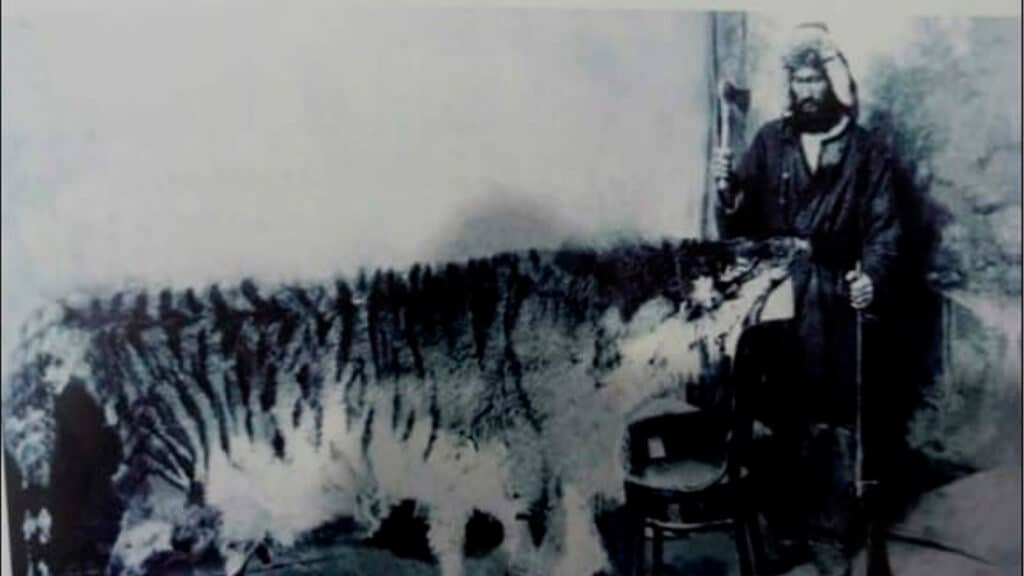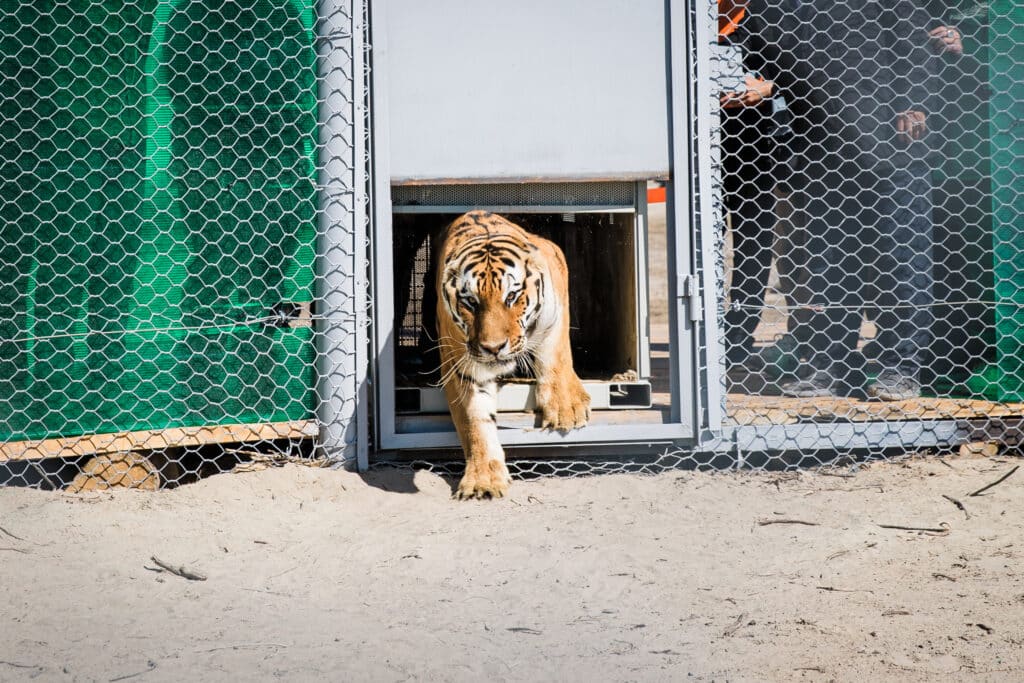Asia’s lost king: The story of the Turan tiger

One of the notable outcomes of Kazakh President Kassym-Jomart Tokayev’s recent state visit to Moscow was the signing of an agreement under which Russia will transfer four Amur tigers to Kazakhstan — two males and two females. Why does Kazakhstan need Russian tigers?
The plan to reintroduce tigers to the country has both scientific and historical foundations. Researchers claim that the Amur (Siberian) tiger is the closest living relative of the extinct Turan tiger.
Panthera tigris virgata
The Turan tiger (Panthera tigris virgata), also known as the Caspian tiger, was the apex predator of Central Asia’s unique river corridors. By the late 1800s, Caspian tigers still inhabited what is now Afghanistan, Armenia, Azerbaijan, northwest China, Georgia, Iran, Iraq, Kyrgyzstan, Tajikistan, Turkey, Turkmenistan and Uzbekistan.
In Kazakhstan, this magnificent cat was not a jungle dweller. It was a master of the dense «tugai» forests — thick reedbeds and woodlands along the Ili and Syr Darya rivers, and the shores of Lake Balkhash.

With its rich, reddish-golden fur and powerful build, the Turan tiger hunted wild boar and deer, thriving in the green corridors that cut through the arid landscape.
In August 1866, Lt. Gen. Alexander Geins of the Russian Imperial Army, who spent several days in Perovsk (Akmeshit, now Kyzylorda), wrote in his travelogue «At the Perovsk Fort» that on the nineteenth day of his visit, he went hunting. During the hunt, a tiger appeared from the reeds, injuring seven dogs before finally being brought down with the eighth shot.
Majestic predator
The Caspian tiger ranked among the largest tiger subspecies ever to exist.
In 1939, reports indicate that a man named Saduakas Otarbaiuly from the village of Kopbirlik, on the shores of Lake Balkhash at the mouth of the Karatal River, captured a tiger.

The animal was reportedly estimated to weigh approximately 210 kilograms and measured roughly 4.1 meters from nose to tail. The tiger’s pelt and Otarbaiuly were later taken to Almaty, where they were photographed together.
Once alive, now extinct
The 20th century was catastrophic for the subspecies. During the Russian Empire’s expansion, hunters actively sought and eradicated tigers as pests. Bounties were paid for their skins. This persecution was later compounded by massive habitat destruction during the Soviet era.

Deprived of its habitat and its primary prey, the Turan tiger population declined and eventually collapsed. The last confirmed sighting in Kazakhstan was reported in 1948. The last documented sightings of tigers in Central Asia date back to the distant 1970s.
Reintroduction in Kazakhstan
Today, the spirit of the Turan tiger is driving an ambitious revival. The government of Kazakhstan, in partnership with the World Wildlife Fund (WWF), is working to restore the Ili-Balkhash ecosystem.
The goal is to reintroduce Amur tigers to this ancestral land, allowing the «tiger of the reeds» to once again roam Kazakhstan. If successful, Kazakhstan will become one of the first countries in the world to bring back the tiger to a region where it was completely eradicated more than half a century ago.

A pair of Amur tigers brought from the Netherlands in September 2024 successfully adapted to their new environment, according to the country’s Ministry of Ecology and Natural Resources. Officials noted that the Amur tiger is a suitable candidate to replace the extinct Turan tiger, as these carnivores are well-adapted to living in cold climates.

